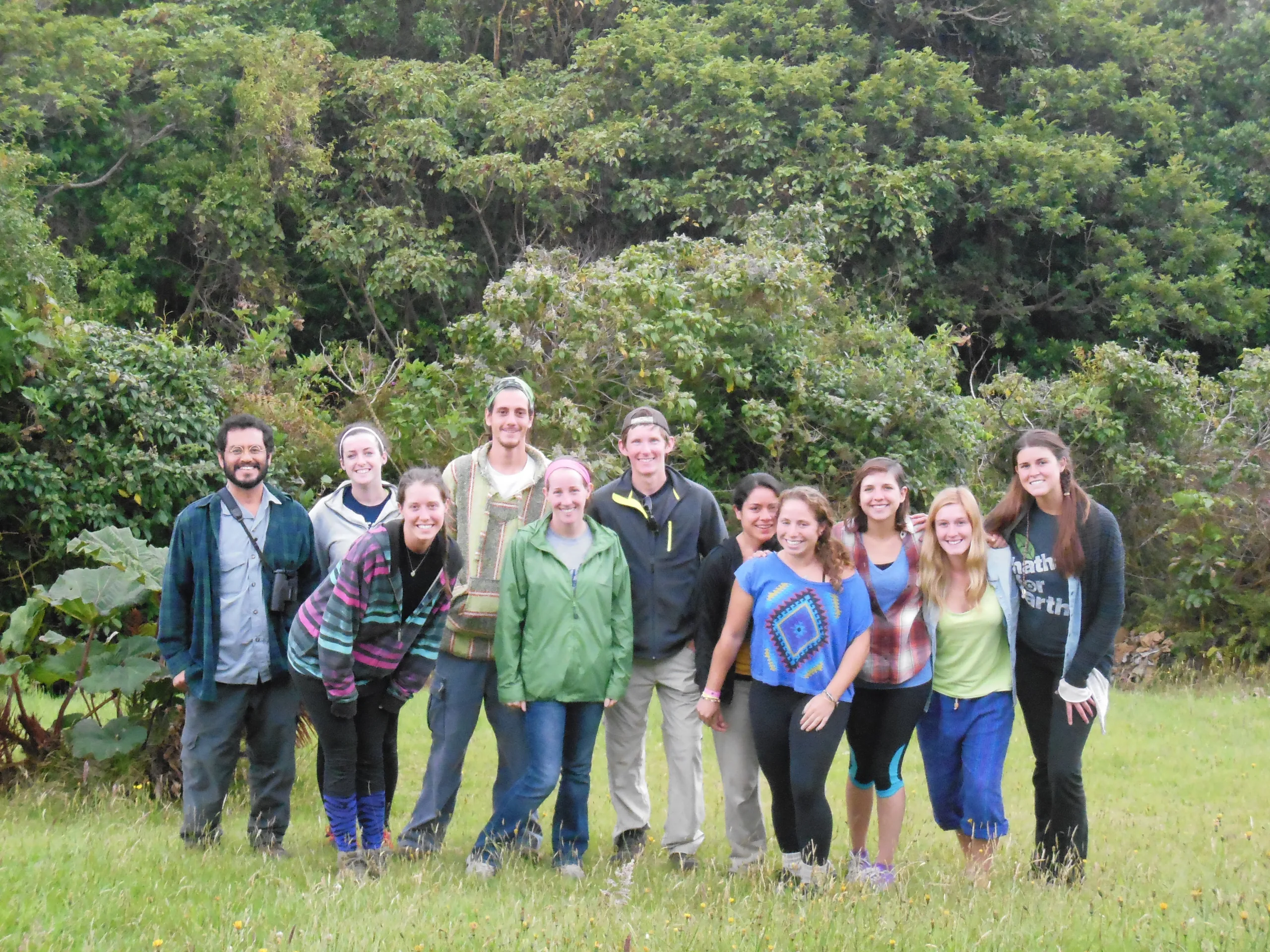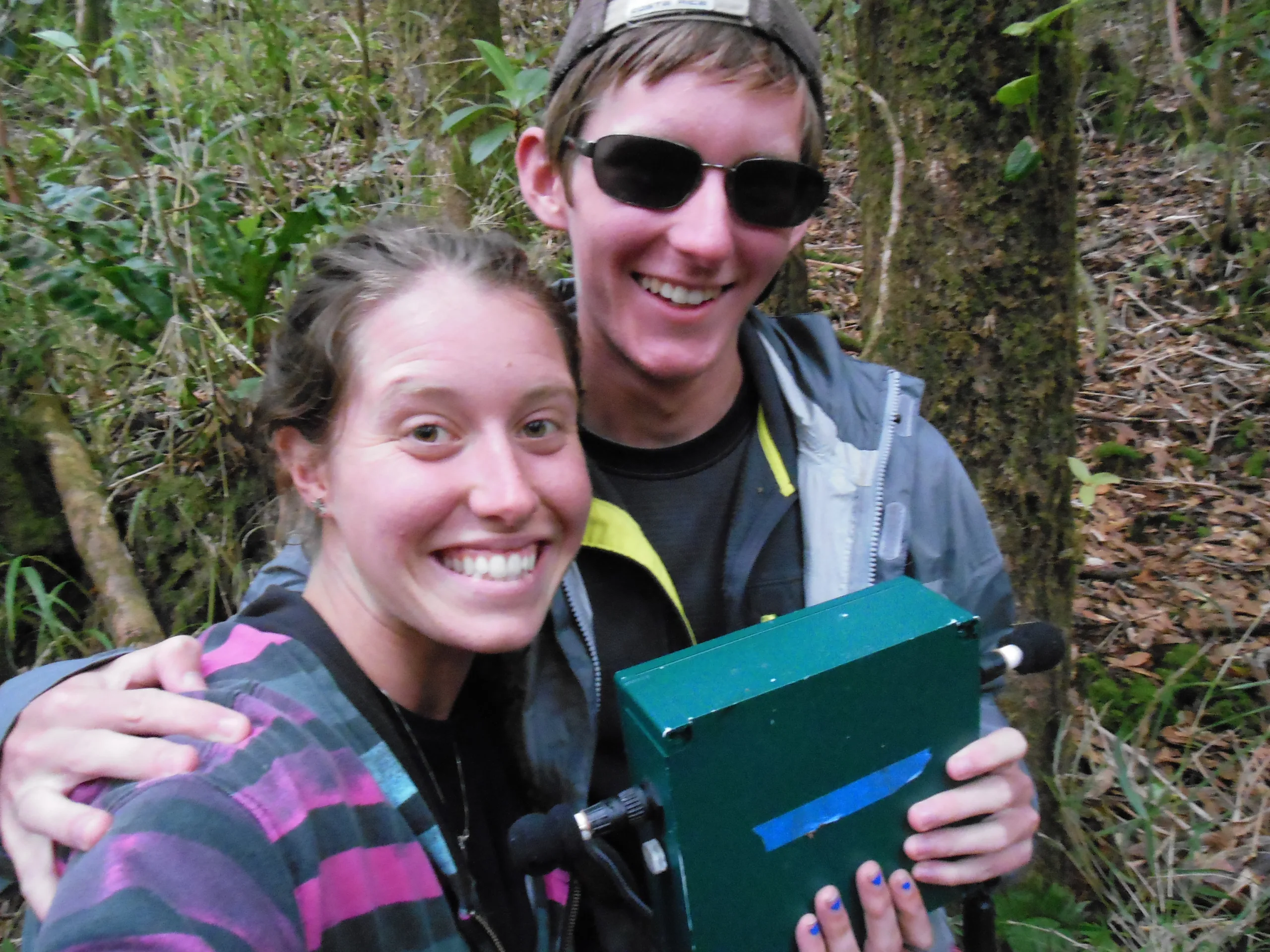Results Improve Management of Protected Areas
After six days of field work at four different locations in Costa Rica, the students returned to the SFS campus to begin the analysis and interpretation of the data collected. Each student chose a specific topic within the general project lead by each of the professors. Last week, the group dynamic shifted away from supervised data collecting and into a mode of independent time management,with the students working on the variety of tasks needed to produce the final Directed Research report. Requiring lots of time and effort, this process is invaluable in that it provides students the opportunity to take an in-depth research project from its beginning as a research question, and following it through to completion. Being directly involved in the research every step of the way is an important learning experience, one that helps to prepare everyone for their future careers.


I personally enjoy the Directed Research course—particularly this project my group just conducted—as it represents new research in the most visited protected area in Costa Rica. Poas Volcano National Park receives about 300,000 visitors a year and has good infrastructure including roads, parking lots, a visitor center, viewpoints, and trails. Our task was to obtain baseline information on potential impacts from the highly trafficked roads, viewpoints, and trails on the plants and animals that inhabit the park.
Thus, my students examined topics like forest edge effects adjacent to the road; traffic noise transmission through habitats and its potential effects on bird bioacoustics; damage on vegetation and animal feeding induced by visitors; traffic of visitors affecting bird diversity; and assessment of plant phenology and density of salamanders in areas used by park visitors. This mutualistic research effort between the SFS students and park administrators will definitively enhance future collaboration with our stakeholders and will help to inform the management plan of the park. All of the students in this spring program greatly contributed to generating knowledge to further improve the conservation of protected areas throughout Costa Rica.


Related Posts


Alumni Reflections: Stories of the Return to Kenya

